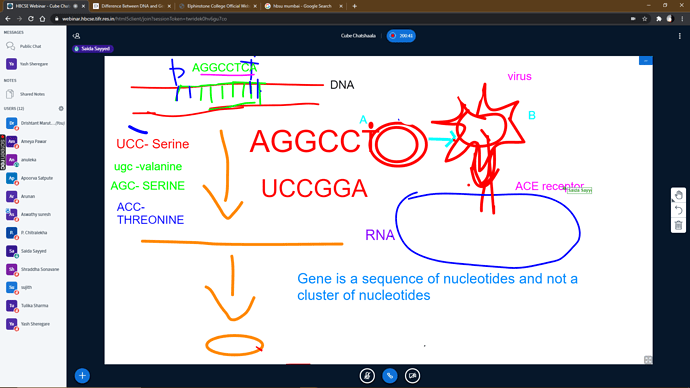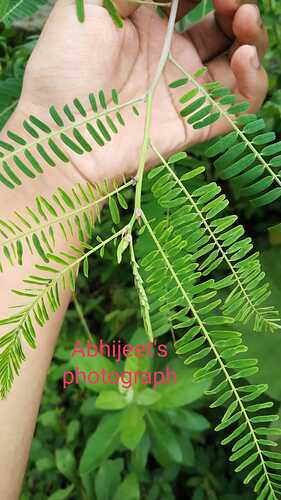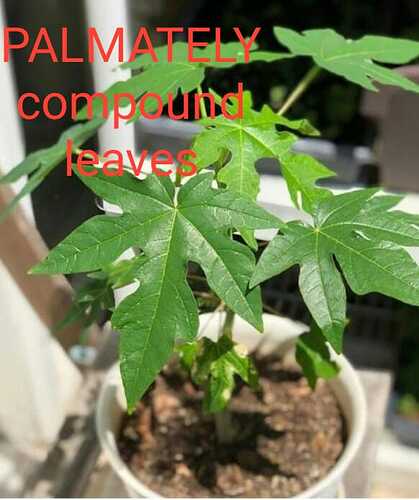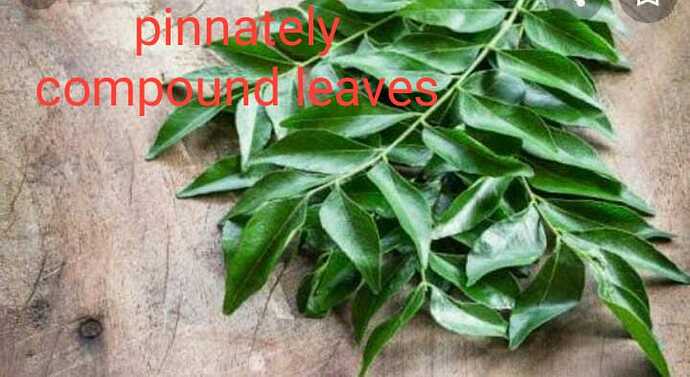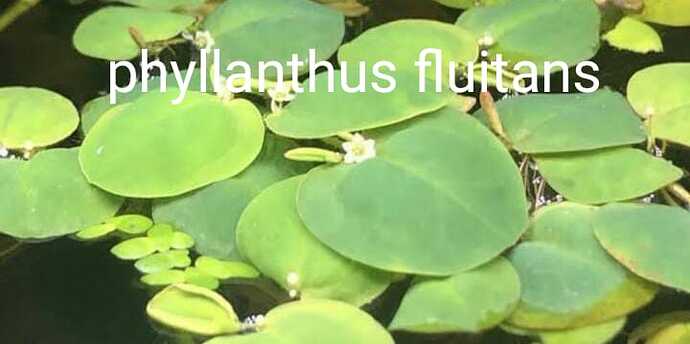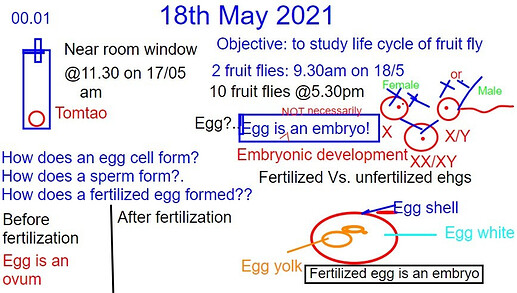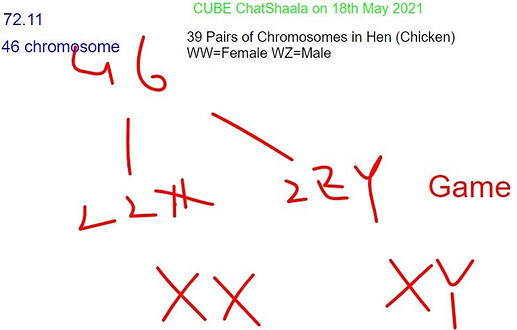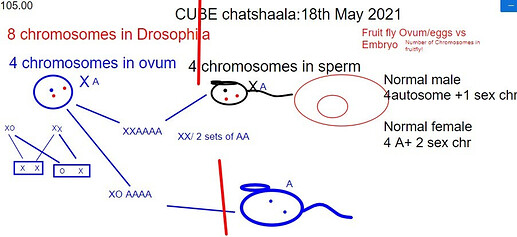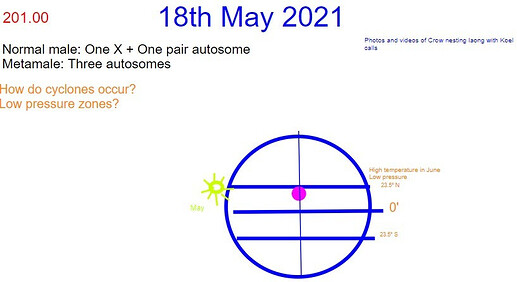21st June 2020 Webinar Summaries
By @Kanishka (Kanishka Parishar from Delhi)
Summary of webinar on 21st June 2020
Aswathy talked about the work of flies culture, so as to find drosophilade family of flies out of mixed culture. They are preparing the single line culture of flies. She also told about the drosophila morphologies.
Yesterday, Lydia, Aswathy, & yash talked about the wing pattern of drosophila fruit fly, about coastal vein, incomplete coastal vein, and other many cell.
By Aswathy from CUBE SN College Nattika
SUMMARY OF CUBE WEBINAR 21 JUNE 2020
… be Continue
Yesterday webinar Started Arunan sir were asked about Wing Vein identification.we are talking about drosophildae family fruit flie wing pattern.
•@Kiran Di CUBE and @Drishtant tell how to do presenting picture on webinar screen.
•@Lydia @Yash CUBE was clearly tell about how can identified drosophildae family fruit flie wing pattern.
Major things :-
1.2Break of Costal Vein.
2.one incomplete anal cell.
3.small anal cell.
#@Lydia tell about the wing structure of flies looking for presentation above shown ![]() . @Yash CUBE was also clear the position. And tell more detailed about it.
. @Yash CUBE was also clear the position. And tell more detailed about it.
By Yash Sheregare from CUBE Mumbai
Yesterdays Causerie Summary and Further Interesting questions
21st June 2020
Identification of fruit fly
@aswathy yesterday was presenting a picture of a wing from her Single line culture (a culture of fruit flies that arised from a single mother)
We all are in search of family Drosophilidae
In her picture she clearly shows a few diagnostic features
- 2 breaks in the costal vein (this was clearly visible)
- Incomplete subcostal vein (wasn’t seen as clearly)
- small Anal cell in wing
But we got a burning discussion on what exactly is this subcostal vein?
Where do we see this in Drosophila melanogaster fly?
What is the meaning of an incomplete subcostal vein?
If Family Drosophilidae has a wing character that says it has an incomplete subcostal vein?
Then what are the other Families of fruit flies that come under Order diptera which may have a different character of the subcostal vein?
With the help of @Aswathy CUBE Thriprayar, Nattika picture, we all got to learn what is an anal cell in the wing?
As she had marked in here picture, an anal cell vein instead of anal cell
@Lydia a presented a picture from a reference that shows all the diagrams of the Wing veins and the cells in the vein.
By @Rechel_tirkey from CUBE Ranchi
Yesterday on 21/06/2020 , in CUBE webinar when I joined the discussion was going on fruitfly .
The Questions we discussed like how flies attract towards it’s Bait (Banana peel) , What attract them towards the banana peel , how they get taste and smell?
We discussed that the fruitflies attract towards the banana because of the fruity smell which come from banana because when banana start degrading , compounds which may be present in banana like Iso amayl acetate , ethyl alcohol diffuse in the air . This diffusion makes the gradient of concentration , means the concentration of smell will increase when flies come more near to the bait .
Also discussed about the sense organ flies and the larvae of flies use to sense the smell coming from banana ? What will happen if we change the taste of banana by adding quinine ( chemical which is odorless but bitter in taste ) , will they attract and feed on them or they learn not eat .
@Arunan Sir @Kiran Di CUBE @Yash CUBE @Drishtant @Lydia @Saida Elph CUBE @Aswathy CUBE Thriprayar, Nattika and others were in the discussion .
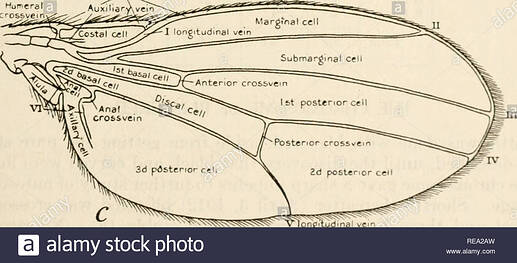
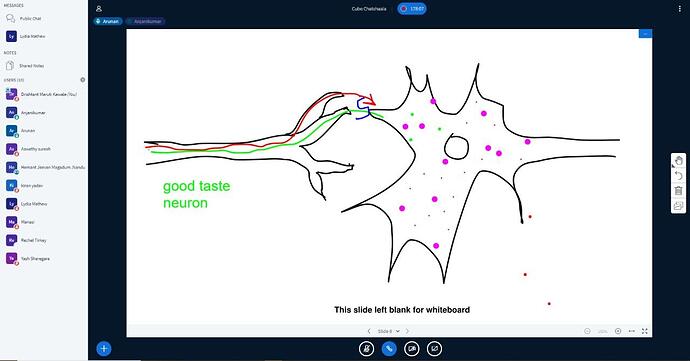
 ) on this too and correct me.
) on this too and correct me.